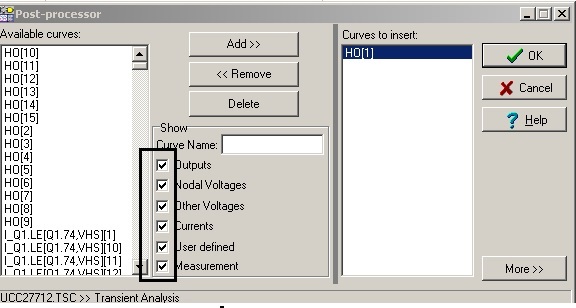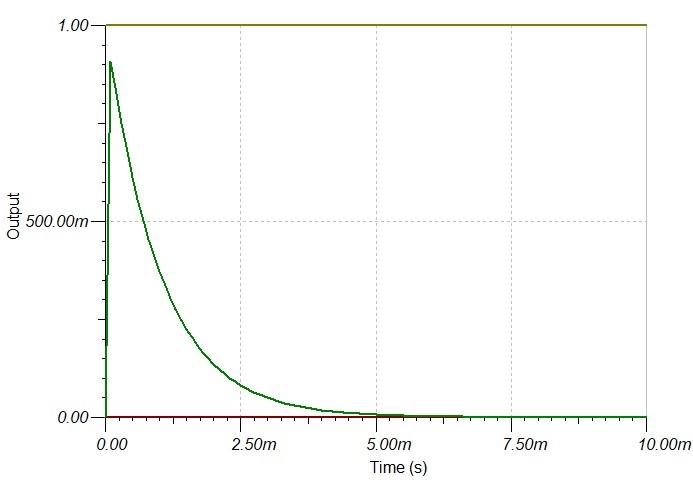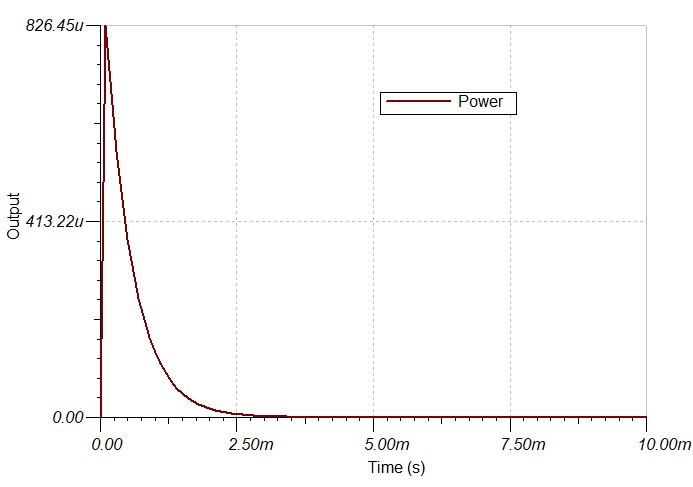Tool/software: TINA-TI or Spice Models
When doing a simulation with Tina-TI I am able to use parameter stepping to test a range of component values and compare results.
I can also create curves via post processing to provide more detailed information.
However I don't seem to be able to do both because of how Tina-Ti names curves when parameter stepping.
Are there any work arounds here?





